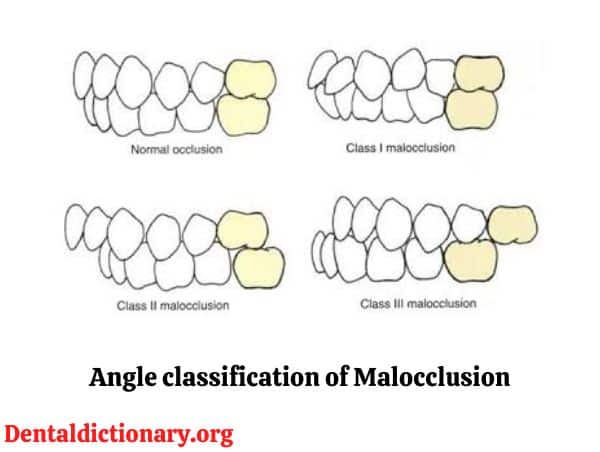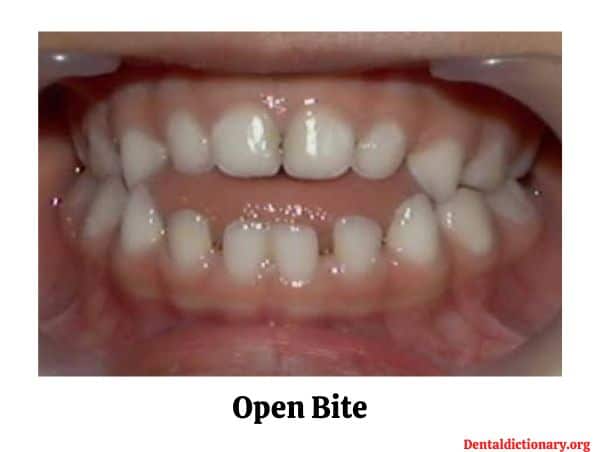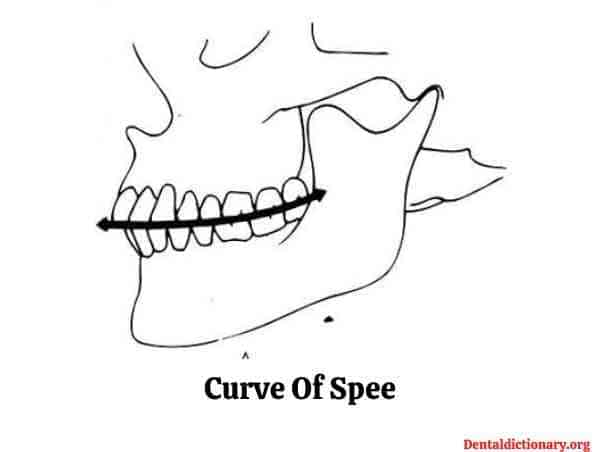Andrew’s Six Key to Normal Occlusion
In 1970, A researcher named Andrew put forward 6 keys which are important to have a normal occlusion by anyone. He considered these features to be essential for the achievement of an optimal occlusion. so, What are those Andrews 6 keys to Normal Occlusion?
Let’s first understand what is a normal occlusion.
What is a Normal Occlusion?
A normal occlusion is a condition in which all the teeth should be in their desired normal positions. There should be no active forces acting on them by any means.
The teeth should be in proper contacts with the opposite teeth. Equal forces should be applied to all teeth on chewing.
Andrew’s Six Keys to Normal Occlusion

These are the 6 keys which affect the normal occlusion.
- Molar Inter-arch relation
- Mesio-distal Crown Angulation
- Labio-lingual Crown Inclination
- Absence of rotation
- Tight Contacts
- Curve of spee
Here is the detailed description of the Andrew’s Six Keys to Normal Occlusion.
Molar Inter-arch Relation
For a normal occlusion, This is the first thing to consider. The mesio-buccal cusp of the upper first molar should occlude in the medial groove of lower first molar. i.e. Angle’s class I malocclusion.
Mesio-distal Crown Angulation
To understand the second key, Make an imaginary long axis to the middle of the crown.
The crown should be tilted mesially in relation to the gingival portion. In simple words, The coronal part of the long axis will be mesial while the gingival part of long axis will be distal relatively.
Labio-lingual Crown Inclination
This is similar to the second key. Again draw an imaginary long axis but this should, we have to see it labio-lingually.
There will be two type of Inclination in this case:
- Positive Crown Inclination
- Negative Crown Inclination
Positive Crown Inclination: In this type, The occlusal/incisal part of the crown will be tilted labially in respect to gingival part for e.g Maxillary Central Incisors.
Negative Crown Inclination: In this type, The occlusal/Incisal part of the crown will be tilted lingually with respect to gingival part for e.g Maxillary & Mandibular posterior teeth.
Absence Of Rotation
In a normal occlusion, The teeth should be properly aligned and there should not be any rotation of any teeth.
As rotated posterior teeth occupy more space resulting in anterior crowding of teeth.
While if the anterior teeth are rotated then they will acquire less place which again results in crowding. Due to this the dentition is highly disturbed. If any rotated tooth is seen then it should be corrected to avoid any malocclusion.
Tight Contacts
For a normal occlusion, there should be tight Contacts between all the teeth.
If there is spacing between any two teeth, They tend to rotate or tilt to take up the space causing malocclusion.
Curve of Spee
The curve of spee should not exceed more than 1.5mm for a normal occlusion.
These were the Andrew’s Six Keys to Normal Occlusion which help in consideration of normal occlusion and also to plan a treatment for any malocclusion. Bookmark us for a quick revision of topics like this.


